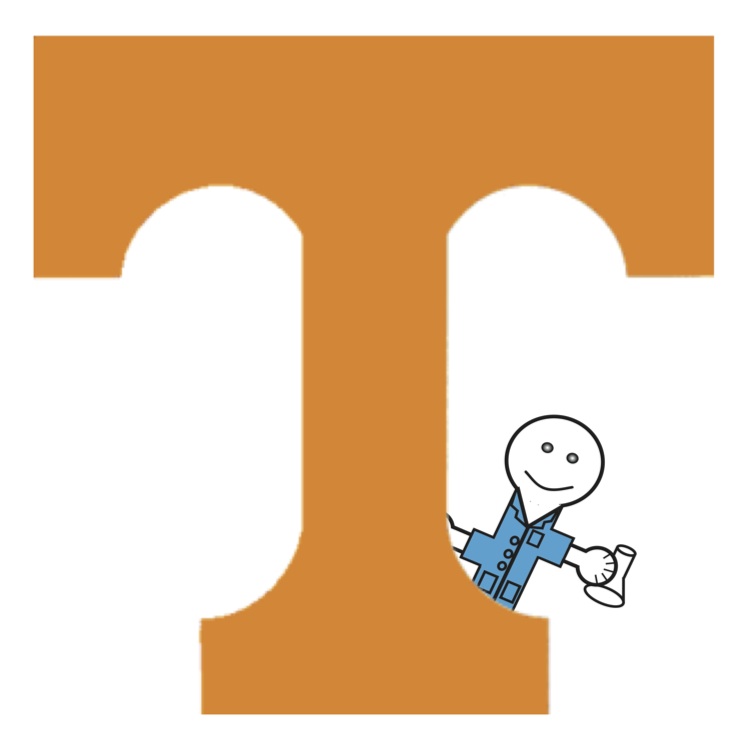Team:UTK-Knoxville
From 2012.igem.org
(Difference between revisions)
m (minor edit to nav bar) |
|||
| (130 intermediate revisions not shown) | |||
| Line 1: | Line 1: | ||
| - | { | + | {{:Utk knoxville basic template}} |
| - | + | <html> | |
| - | + | <head> | |
| - | + | <style type="text/css"> | |
| - | + | p.justify{text-align:justify;} | |
| - | + | </style> | |
| - | + | </head> | |
| - | + | </html> | |
| - | + | <div id="box" style="width: 550px; float:left; margin-left: 0px; padding: 25px; border:5px solid#f77f00; background-color: #F0EDE4;"> | |
| - | + | <div style="font-size:25pt;"> | |
| - | + | <b style="color:#4C4D4F;">Project Description </b> | |
| + | </div> | ||
| + | <div style="font-size:14pt;"> | ||
| + | <div style="font-size:18pt;color:#f77f00;"> | ||
| + | What is an IRES? | ||
| + | </div> | ||
| + | <p class="justify">Internal ribosomal entry sites (IRES) are an important but poorly understood part of the eukaryotic translational machinery. Normally, translation initiation requires the binding of a eukaryotic initiation factor to a cap at the 5’ end of the RNA. This initiation factor recruits the ribosome, which then scans for the first AUG codon and begins translation of the open reading frame. </p> | ||
| + | <div style="font-size:18pt;color:#f77f00;"> | ||
| + | How does an IRES work? | ||
| + | </div> | ||
| + | <p class="justify">However, many proteins are positioned as the second open reading frame in a strand of mRNA or contain highly structured 5’ untranslated regions, scanning from the 5’ end inefficient. This prevents the engineering of operons that contain two or more genes under the control of the same promoter. Luckily, nature has come up with its own remedy for this problem, known as IRES mediated translation initiation. This allows the ribosome to bind in the middle of a strand of mRNA and initiate translation. </p> | ||
| + | <div style="font-size:18pt;color:#f77f00;"> | ||
| + | What are we doing? | ||
| + | </div> | ||
| + | <p class="justify"> | ||
| + | Unfortunately, the Registry of Standard Biological Parts contains few IRESs and even those are poorly annotated. The UTK-Knoxville iGEM team hopes to remedy this problem by characterizing a group of IRESs and submitting them to the registry. In addition, we plan to develop a methodology of determining relative IRES strength, as modeled by the methodology put forth by Kelly et al in the Journal of Biological Engineering (Kelly et al., 2001). Using flow cytometry, we will determine the relative levels of fluorescent protein under the control of each IRES, as expressed in <i>S. cerevisiae</i>. Through this work we hope to initiate the growth of a library of IRESs and to develop a protocol to encourage contribution by all members of the community.</p> | ||
| + | </div> | ||
| + | </div> | ||
| + | <div id="box" style="width: 260px; float:right; margin-right: 0px; padding: 25px; border:5px solid#f77f00; background-color: #F0EDE4;"> | ||
| + | <div style="align=center; font-size:14pt; color=#f77f00;"> | ||
| + | [https://igem.org/Main_Page iGEM Main Page] | ||
| + | </div> | ||
| + | </div> | ||
| - | |||
| - | + | ||
| - | + | <div id="box" style="width: 260px; float:right; margin-right: 0px; margin-top: 15px; padding: 25px; border:5px solid#f77f00; background-color: #F0EDE4;"> | |
| - | + | <div style="align=center; font-size:18pt; color=#4c4d4f;"> | |
| - | ! | + | [[file:UTK_igem_group_photo.jpg|center|200px]] |
| - | + | Visit our team page to get acquainted with our members! | |
| - | + | </div> | |
| - | + | </div> | |
| - | + | <div id="box" style="width: 260px; float:right; margin-right: 0px; margin-top: 15px; padding: 25px; border:5px solid#f77f00; background-color: #F0EDE4;"> | |
| - | + | <div style="align=center; font-size:18pt; color=#4c4d4f;"> | |
| - | + | Want to get involved with iGEM at the University of Tennessee? We're recruiting members for he 2013 team! If you're interested, contact us at UTKiGEM@gmail.com. | |
| + | </div> | ||
| + | </div> | ||
| + | [[file:IRES_Power_T.jpg|left|315px]] | ||
Latest revision as of 03:45, 4 October 2012
 "
"


